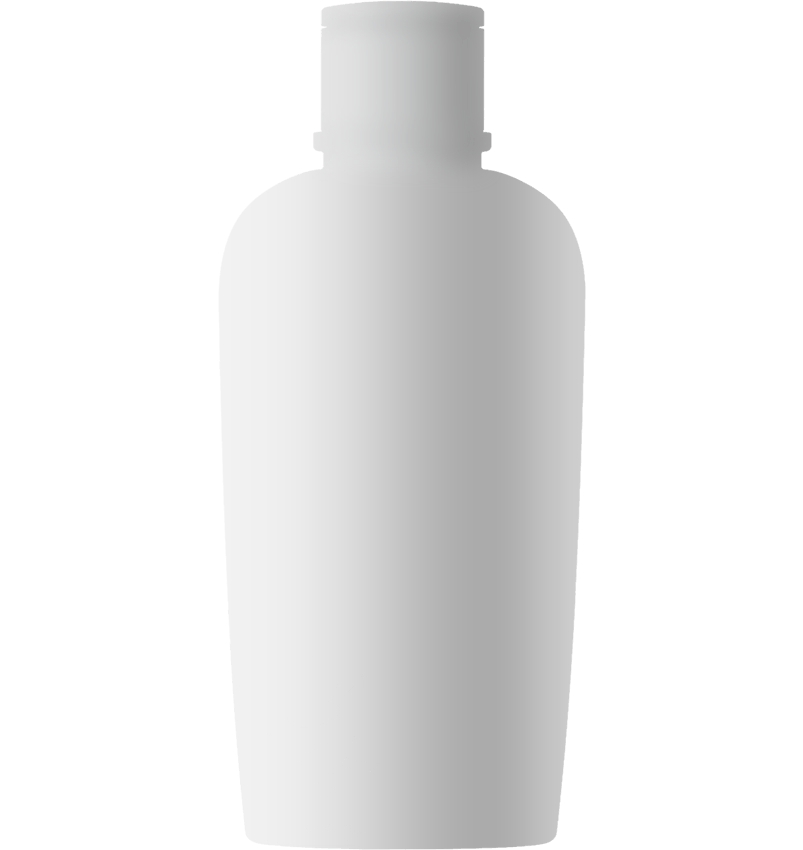Understanding Breast Lift Surgery: Aesthetic and Structural Enhancement
Breast Lift Surgery is a leading solution for women seeking to address breast ptosis (sagging) and achieve a more youthful silhouette. This procedure artfully blends surgical precision with aesthetic customization, making it a transformative option for:
• Repositioning nipples and areolas for a natural look.
• Reshaping breast contours to restore firmness and symmetry.
• Correcting uneven breasts or addressing changes after pregnancy or weight loss.
Through advanced surgical techniques and personalized treatment plans, breast lift surgery delivers high satisfaction rates and contributes to overall physical and emotional well-being.
Comprehensive Surgical Procedure: Breast Lift Detailed Breakdown
Surgical Methodology:
Breast lift surgery is performed under general anesthesia and typically takes 2-3 hours, depending on the complexity of the case. It combines meticulous planning with advanced surgical techniques to achieve the desired results.





